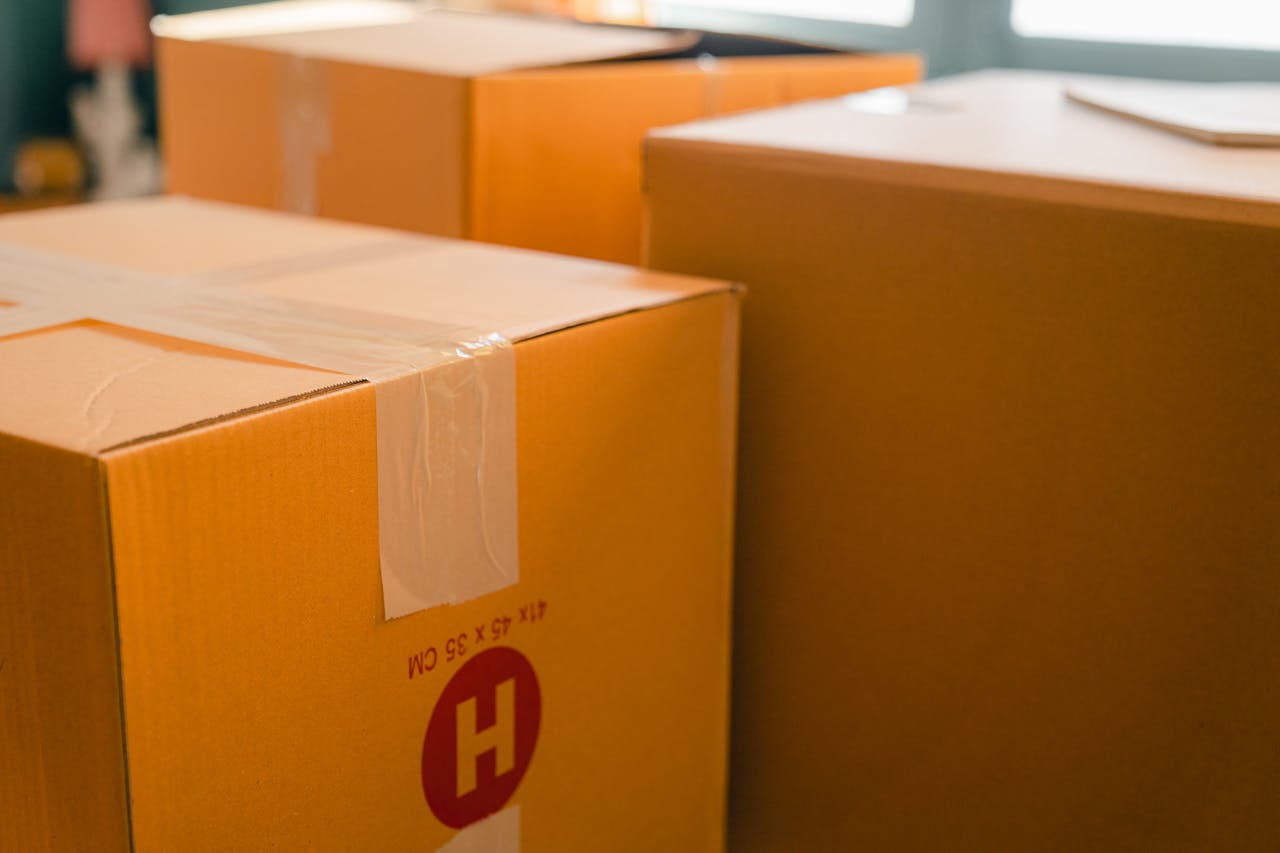In industries where the integrity of goods is closely tied to their temperature, this type of packaging plays a critical role in maintaining product quality during transit. From pharmaceuticals and biologics to gourmet foods and chemicals, many products require strict temperature controls to avoid spoilage, degradation, or compliance violations. In these situations, packaging is not just a container, it’s an active part of the cold chain infrastructure.
Businesses involved in the distribution of sensitive materials are increasingly reliant on effective thermal solutions to ensure customer satisfaction and regulatory compliance. Understanding how this packaging works and what differentiates high-performing solutions from basic options is vital for any company shipping goods that require a stable environment.
Why Temperature Stability Matters in Shipping
Maintaining the right temperature during shipping isn’t just about comfort, it’s often a matter of safety and effectiveness. Many vaccines and biologics must remain within a specific temperature window to preserve their efficacy. If the temperature drifts even a few degrees outside that range for an extended period, the product may become useless or even harmful.
Gourmet foods, dairy, seafood, and specialty beverages can spoil rapidly when exposed to uncontrolled environments. Customers expect these products to arrive fresh and ready for consumption. When they don’t, the result can be dissatisfaction, refund requests, or damage to a brand’s reputation.
This type of packaging acts as a barrier against external fluctuations, creating a controlled internal climate that shields contents from heat or cold exposure during long-distance or unpredictable shipping conditions.
The Core Components
A well-designed packaging system integrates several layers of protection. Insulating materials such as polyurethane foam, vacuum-insulated panels (VIPs), or reflective bubble wraps form the foundation. These materials reduce the rate of heat transfer and help maintain the desired internal temperature.
The outer shell, often constructed from durable plastic or reinforced cardboard, serves to protect the package from physical damage. Inside, phase change materials (PCMs) or gel packs are used to stabilize the temperature further, keeping contents chilled, frozen, or within a specific range for hours or even days.
Together, these components work to buffer the contents from external conditions, whether the package is sitting on a loading dock in summer heat or being transported across frigid environments in winter.
The Role of Insulation in Preserving Product Integrity
Insulation is the first line of defense in the packaging. Its primary job is to slow the exchange of heat between the package’s interior and the outside world. The type of insulation used can greatly influence how long a package can maintain its target temperature.
For example, expanded polystyrene (EPS) offers affordability and good thermal protection, making it a popular choice for short-term or low-cost shipments. Polyurethane and VIPs, though more expensive, deliver superior performance for longer transit times or highly sensitive items.
Selecting the right type of insulation depends on the nature of the product, the length of transit, and the external conditions the package is likely to encounter. Balancing cost, weight, and performance is key.
Compliance and Regulatory Considerations
Shipping temperature-sensitive products in the pharmaceutical and healthcare sectors involves strict regulations. National and international guidelines require documented proof that products were kept within safe temperature ranges throughout their journey. This is where thermal packaging becomes more than a convenience, it becomes a compliance tool. By combining insulation with data loggers and monitoring systems, businesses can track and verify temperature consistency. This documentation helps meet regulatory standards and provides a defense in the case of a dispute or inspection.
For companies operating in highly regulated environments, choosing certified thermal solutions that meet standards like Good Distribution Practice (GDP) is key to avoiding costly fines or rejected shipments.
Sustainability and Innovation
As sustainability becomes a growing concern across supply chains, companies are rethinking how they approach packaging waste. Traditional packaging often includes non-recyclable components, which create challenges in disposal and environmental impact.
In response, manufacturers are developing greener options, such as reusable insulated containers, biodegradable insulation materials, and recyclable outer shells. These innovations reduce landfill waste and can appeal to eco-conscious customers and clients.
Reusable thermal containers, in particular, are gaining traction in industries with frequent or high-volume shipping. When used in a closed-loop system, they offer both environmental and economic advantages over single-use alternatives.
The Impact of Logistics and Handling Conditions
Even the most advanced packaging can only do so much if the broader logistics system doesn’t support its use. Proper handling, storage, and transport processes must complement packaging efforts. Delays at hubs, lack of refrigeration at distribution centers, or exposure to the elements during transfer can all undermine the protection that this packaging provides.
To maximize effectiveness, businesses must coordinate closely with logistics partners to ensure best practices are followed at every step. This may include training delivery personnel, working with specialized couriers, or implementing strict quality checks during transit.
Whether you’re in pharmaceuticals, specialty food production, or high-end consumer goods, investing in high-quality packaging is an investment in your product’s integrity and your brand’s credibility. In an increasingly global market, where goods may travel thousands of miles before reaching the customer, this level of care is no longer optional.






